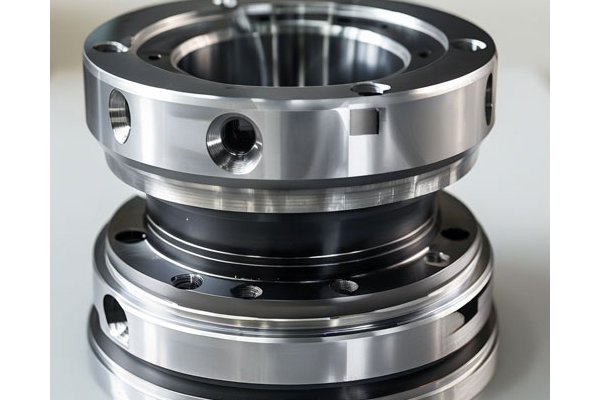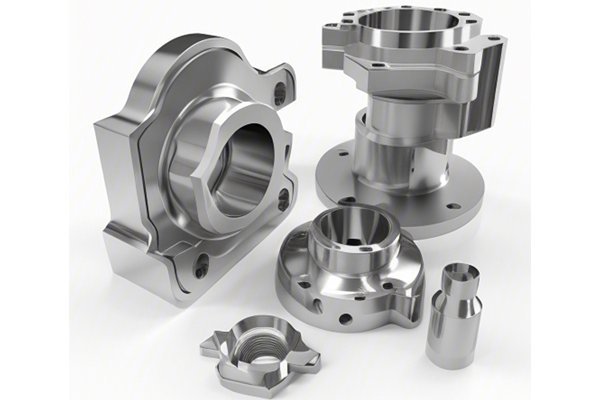—
Opening
Did you know that in the fast-paced world of manufacturing, a 40% reduction in response time can significantly boost a company’s competitiveness? In an age where speed and accuracy are paramount, the ability of CNC (Computer Numerical Control) custom processing plants to provide swift, precise feedback based on customer designs is more than just an operational necessity—it’s a game-changer. But how do these advanced production facilities ensure that they not only meet customer expectations but exceed them in terms of speed and quality?
Understanding CNC Custom Processing
CNC custom processing plants utilize computer-controlled equipment to produce components from a wide variety of materials—ranging from metals to plastics. The beauty of CNC machining lies in its ability to reproduce complex designs with high repeatability and accuracy, which is paramount in industries where precision is critical, such as aerospace, automotive, and medical devices.
The Importance of Quick Feedback
Quick feedback mechanisms are crucial for any CNC processing plant for several reasons:
Strategies for Providing Quick Feedback
Now that we’ve established the importance of quick feedback, let’s explore how CNC custom processing plants can implement this effectively.
Integrating advanced CAD (Computer-Aided Design) and CAM (Computer-Aided Manufacturing) software can significantly bolster the feedback loop. These systems allow designers to visualize and simulate their designs in a virtual environment. Quick adjustments can be made, and results can be reviewed with higher precision metrics.
Solution Implementation: A plant might use software like SolidWorks for CAD design, which seamlessly integrates with CAM systems such as Mastercam to ensure any changes can be rapidly processed.
Establishing streamlined communication between customers and engineers is critical. Techniques such as real-time messaging platforms, video calls, and collaborative workspaces can minimize delays.
Solution Implementation: Tools like Slack or Trello can be utilized for project management, ensuring that all team members are on the same page and feedback can be relayed quickly.
Introducing rapid prototyping methods, such as 3D printing or machining of initial models, allows plants to create quick samples for customer review.

Solution Implementation: A CNC plant may employ 3D printers to create prototype parts within hours, allowing customers to physically interact with designs—which they can then modify seamlessly based on feedback.
Harnessing the power of analytics to monitor workflows and machine performance can help in predicting maintenance needs or bottlenecks. This ensures that production schedules are adhered to, with minimal delay when implementing customer feedback.
Solution Implementation: Incorporating IoT (Internet of Things) devices can help monitor real-time machine data, allowing engineers to predict and correct issues before they affect production.
Creating specialized teams focused on customer interaction can significantly enhance feedback speed. Design engineers can be dedicated to liaising with clients, ensuring that their needs and concerns are addressed quickly.
Solution Implementation: Assigning a client manager or liaison can enable quicker turnaround times, allowing changes to be communicated efficiently and executed without delays.
By analyzing and optimizing production processes, CNC plants can be more agile in accommodating changes. Lean manufacturing techniques can help identify waste and boost efficiency, allowing for faster response to customer requests.
Solution Implementation: Lean audits can help identify bottlenecks, ensuring that once customer feedback is received, modification in functionality can occur without extended downtime.
Overcoming Challenges to Quick Feedback
While implementing these strategies is crucial, certain challenges may arise:
The ability of CNC custom processing plants to provide rapid feedback based on customer designs plays a vital role in today’s manufacturing landscape. By leveraging advanced software, effective communication techniques, rapid prototyping, data analytics, dedicated design teams, and streamlined production processes, CNC plants can not only enhance their responsiveness but also contribute to increased customer satisfaction and operational efficiency.
In conclusion, understanding these processes is essential for manufacturers seeking to thrive in an increasingly competitive environment. As the industry progresses, the importance of quick feedback mechanisms will only grow, making it a crucial area for investment and strategic focus. Embracing these advancements not only aligns companies with market demands but also cements their position as leaders in innovation and customer service.
So, if you’re involved in manufacturing or product development, it’s time to think about how quickly you can respond to customer needs. The dynamics of CNC machining are evolving rapidly, and those who can adapt will find themselves at the forefront of their industries.






